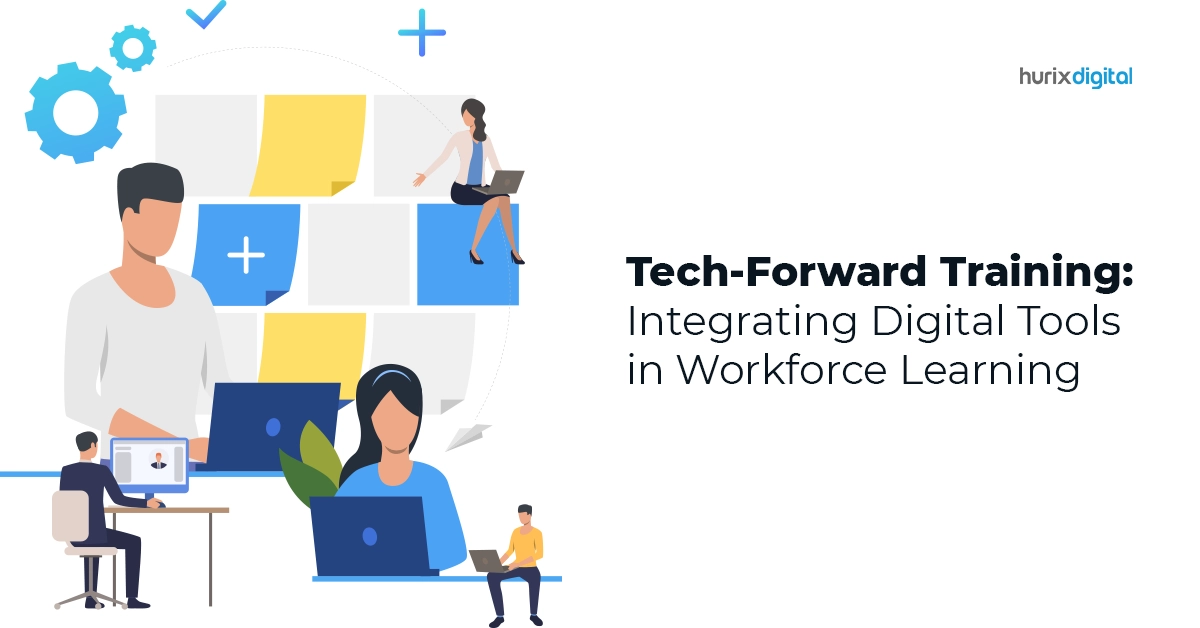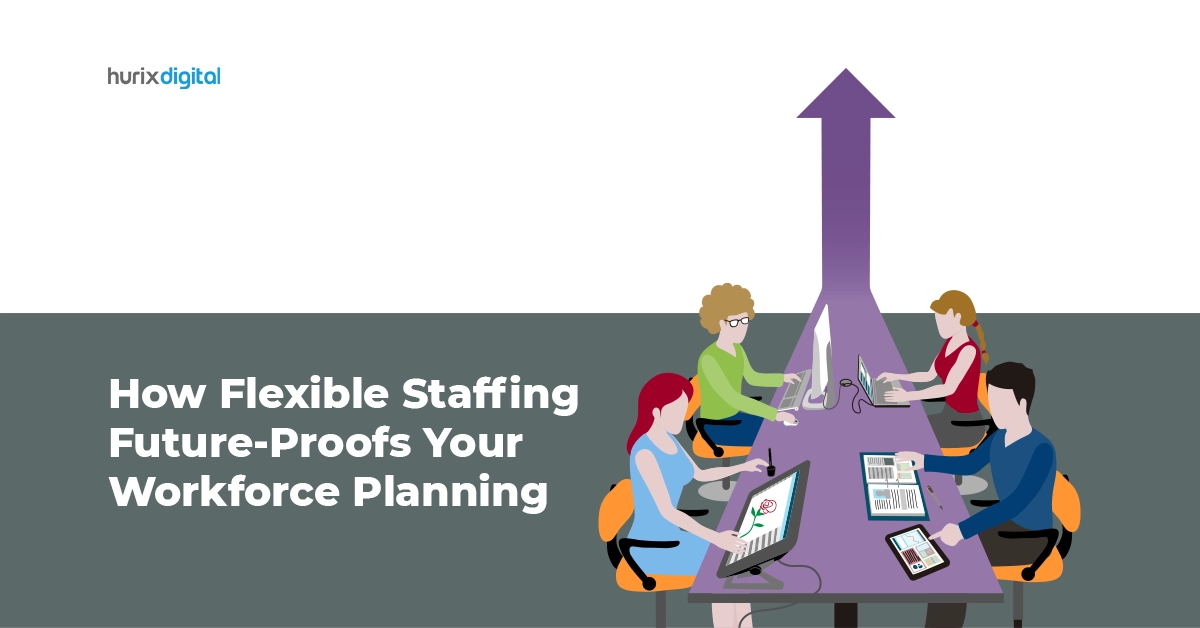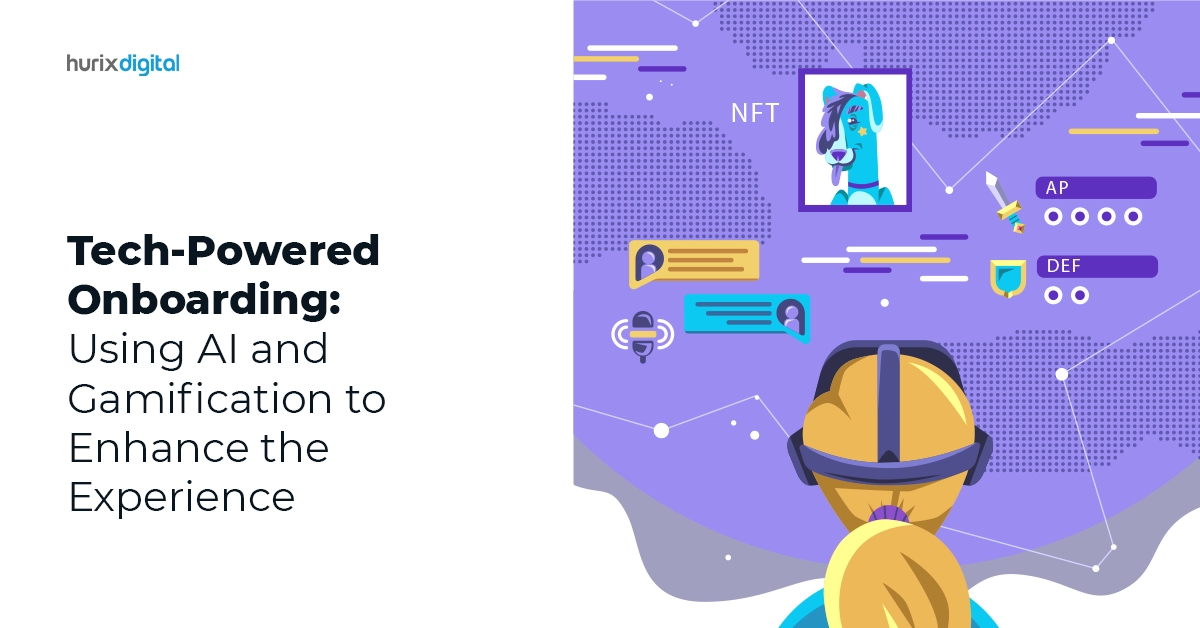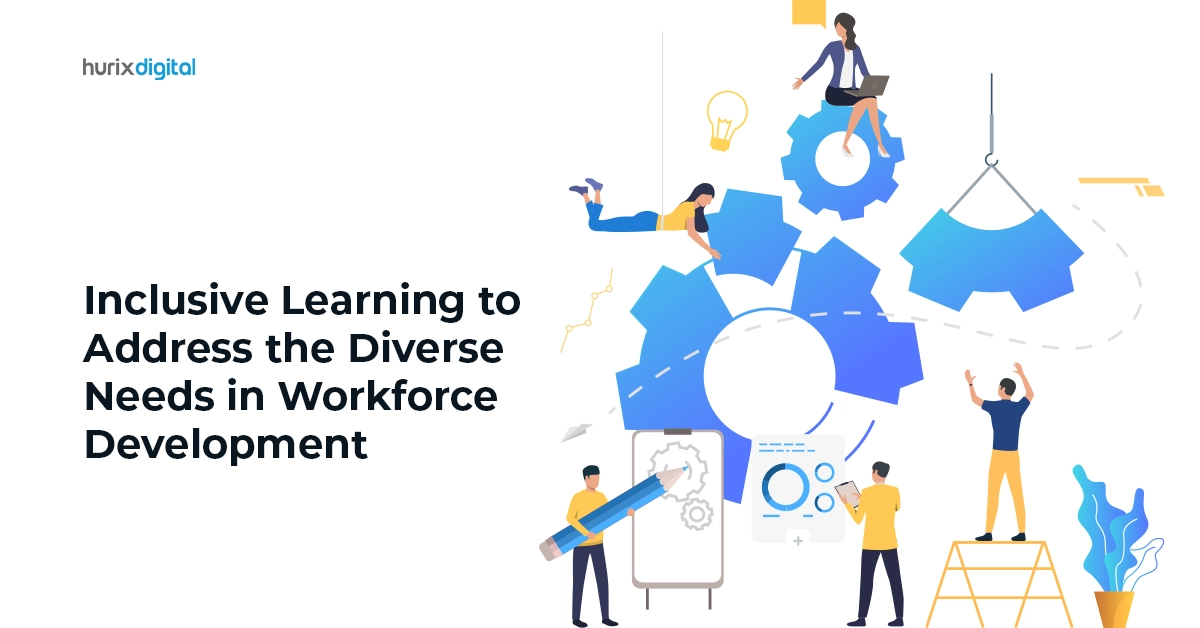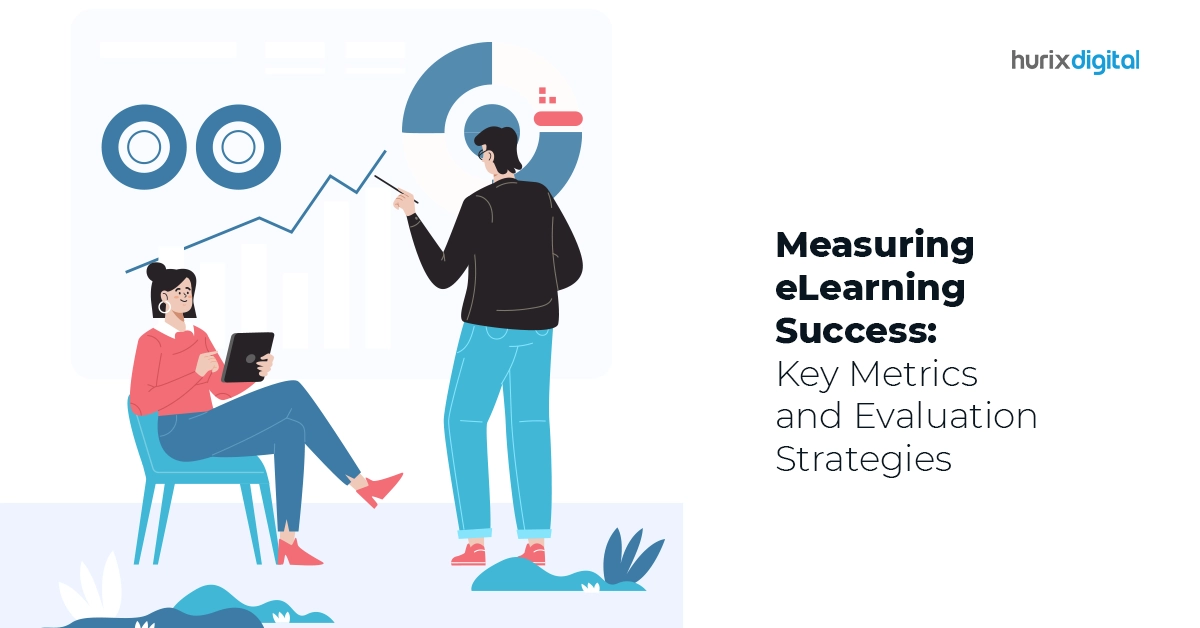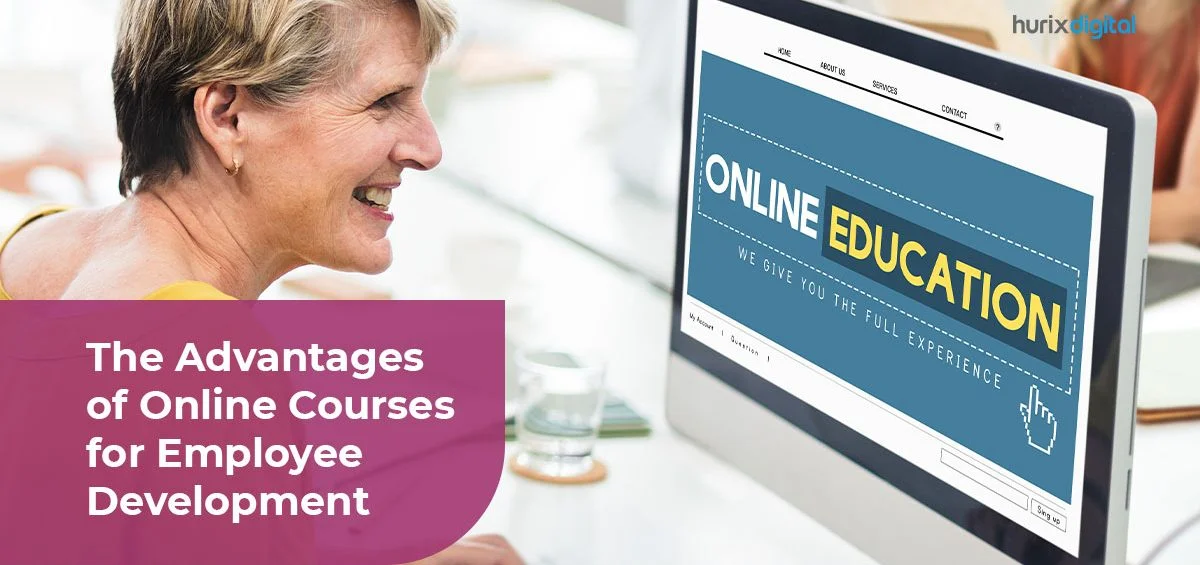Summary
This article looks at the evolving landscape of workforce learning and how digital tools can be integrated into existing programs.
E-learning companies have made around $367 billion in 2022 and are expected to exceed $1 trillion by 2028. This shows how continuous learning for employees is more important than ever. Employees need to keep improving their skills as technology changes the way we work. For this reason, traditional classroom-style workforce learning methods are no longer sufficient.
Thoughtfully integrating modern digital training solutions into existing programs can enrich employee learning experiences and capabilities. This article looks at workplace learning technologies that can help your employees effectively.
Table of Contents:
- The Evolving Landscape of Workforce Learning
- Benefits of Digital Tools in Workforce Learning
- Key Digital Tools for Training
- Implementing Tech-Forward Training
- Overcoming Challenges in Adopting New Learning Technologies
- Implications for the Future
The Evolving Nature of Workforce Learning
The nature of workforce learning itself is changing quickly thanks to new technologies. Rather than siloed training events, workforce development must be continuous, personalized, and on-demand to address rapidly evolving skill requirements.
As per a McKinsey survey, 87% of executives reported or expected skill gaps within a few years. Fewer than half knew how to address the issue. This indicates the need for significant upskilling. According to Gartner, the skills required for a single job increase by 10% year-over-year.
Today’s diverse, mobile employees expect training delivered through preferred devices that align with individual learning needs and styles. Moreover, people prefer short, self-directed online learning over traditional classroom instruction.
Also Read: How & Why To Use AI for Employee Training and Development?
Benefits of Digital Tools in Workforce Learning
Digital training solutions offer several advantages over conventional training methods:
1. Accessibility and Flexibility
On-demand, online workforce learning modules allow learners to learn from any location at their preferred time and pace. This allows working professionals with busy schedules to upskill conveniently according to their availability. Data from the McKinsey Global Institute estimates that around 30% of work activities could be performed remotely.
2. Personalised Learning
Tools like adaptive learning platforms utilize learner data to provide customized curricula tailored to individual needs, learning styles, and skill levels. Computer-based tutorials can also recommend additional resources based on performance. Personalized digital training solutions maximize learning effectiveness.
3. Collaboration and Networking
Digital learning platforms facilitate peer-to-peer or mentor-mentee collaboration through forum discussions, video conferencing, and other social features. This helps develop soft skills and stay engaged through an interactive community experience.
4. Cost Saving
Eliminating the need for physical classrooms, travel expenses, and costs associated with implementing on-site training programs results in significant savings per learner for organizations. The proven use of technology in workforce training, training videos, and other reusable content also cuts replication costs when scaled across global teams.
Key Digital Tools for Training
Various tools businesses are leveraging to modernize workforce learning include:
1. Mobile Learning on the Go
Around 65.7% of the world’s population uses the internet. Many people (27%) use their smartphones more than they use computers (14%). Employees now expect 24/7 access to training via smartphones and tablets.
Mobile workforce learning platforms are customized for on-the-go upskilling during travel, commutes, or break times through short ‘byte-sized’ courses.
2. Augmented Learning Experiences
Immersive technologies like VR and AR create life-like simulations. These accelerate skill development through experiential learning. These technologies in workforce training are particularly impactful for strengthening technical aptitudes, soft skills, and safety procedures.
For example, Walmart utilizes VR to train over one million associates annually in key protocols like compliance, active shooter incidents, and fire safety in a risk-free virtual environment.
3. AI and ML for Personalization
AI and machine learning introduce automation and personalization to drive more effective learning at scale. These e-learning integrations allow systems to deliver individualized content mapped to proficiency levels, intelligently adjust courses based on performance, and generate customized assessments.
Moreover, AI implementation will create 97 million new jobs by 2025 and alter many existing jobs.
For instance, IBM partnered with startup EdCast to develop AI-powered skills intelligence and training recommendations across its global workforce. The system creates a tailored curriculum by analyzing employee profiles, project histories, and learning needs.
4. Social and Gamification Elements
Gamification applies engaging gaming mechanisms to learning programs to captivate modern digitally native employees through fun and friendly competition. Companies like Marriott add gamified workforce learning with elements like points, levels, rewards, and leaderboards to mobile learning apps.
McDonald’s even developed an augmented reality game to tutor restaurant crew and managers globally in menu changes, safety practices, and customer service skills.
5. Learning Management Systems
While the above technologies represent purpose-built point solutions, learning management systems (LMSs) remain the critical infrastructure administrators use to organize, deliver, track, and manage education initiatives across dispersed workforces.
Modern cloud-based LMSs centralize learner profiles, competencies, credentials, and learning history data while handling key training workflows. Robust platforms interoperate with external learning tools through open API connectors.
For example, a company could manage VR simulations and other digital content within their LMS while syncing data with HR systems to map training to advancement requirements.
6. Micro-credentials and Digital Badges
Bite-sized lessons delivered via mobile are ideal for on-the-go upskilling. Apps like EdApp and BizLibrary offer short, topic-specific modules. These make internal talent more visible and boost career mobility.
Also Read: Sales Training Program Checklist: 6 Essential Ingredients to Include
Implementing Tech-Forward Training
Successful integration of digital learning solutions involves thoughtful strategy, design, and change management.
1. Evaluate Your Organizational Needs
Understand organizational goals and identify skill gaps through need analysis—benchmark goals against emerging skills.
2. Select Cohesive Platforms
Choose tools complementing LMS capabilities for both micro- and long-form content. Integrate with relevant systems.
3. Change Management
Educate stakeholders, incentivize adoption, and address technology challenges through the change curve.
4. Focus on Experience
Prioritize intuitive user interfaces, engagement, social features, and data protection for high participation.
5. Measure Impact
Measures KPIs like satisfaction, knowledge retention, and job performance in training programs.
Overcoming Challenges of Using Technology in Workforce Training
Despite promising benefits, organizations often need help getting employees to enthusiastically adopt new workforce learning systems and digital tools. Common roadblocks include:
- Lack of executive sponsorship: Initiatives without vocal leadership support rarely gain traction.
- Poor change management: Simply rolling out a new LMS without preparing workers leads to frustration. Craft targeted communications and provide guidance.
- Dated perceptions of training: Employees may see learning as an undervalued distraction rather than a vehicle for growth. Reinforce its importance.
- Content relevance issues: Content must help workers perform jobs better and fill skill gaps to inspire engagement.
Leaders can counter these adoption risks with thoughtful implementation approaches like:
- Identify clear business objectives, bottlenecks, and use cases for technology.
- Build buy-in at all levels via training on employee and organizational advantages.
- Incentivize participation by linking digital learning usage to performance management and rewards.
- Sustain momentum with change agents, grassroots support, and continuous updates.
While the learning function focuses on serving employees, all efforts must ultimately deliver back-end operational value.
Implications for the Future
As work evolves rapidly, strategic workplace learning technology will be pivotal for continuous reskilling and talent development. Thoughtful implementation of digital tools can help boost the ROI of learning regarding skills, productivity, and employee satisfaction. It’s time for organizations to embrace tech-forward training to build a future-proof workforce.
Hurix Digital offers custom digital learning solutions leveraging the latest technologies. Our experts can help assess your training needs and design engaging outcomes-driven programs.
Contact us today to learn how we can modernize your workforce development using data-driven tools.


